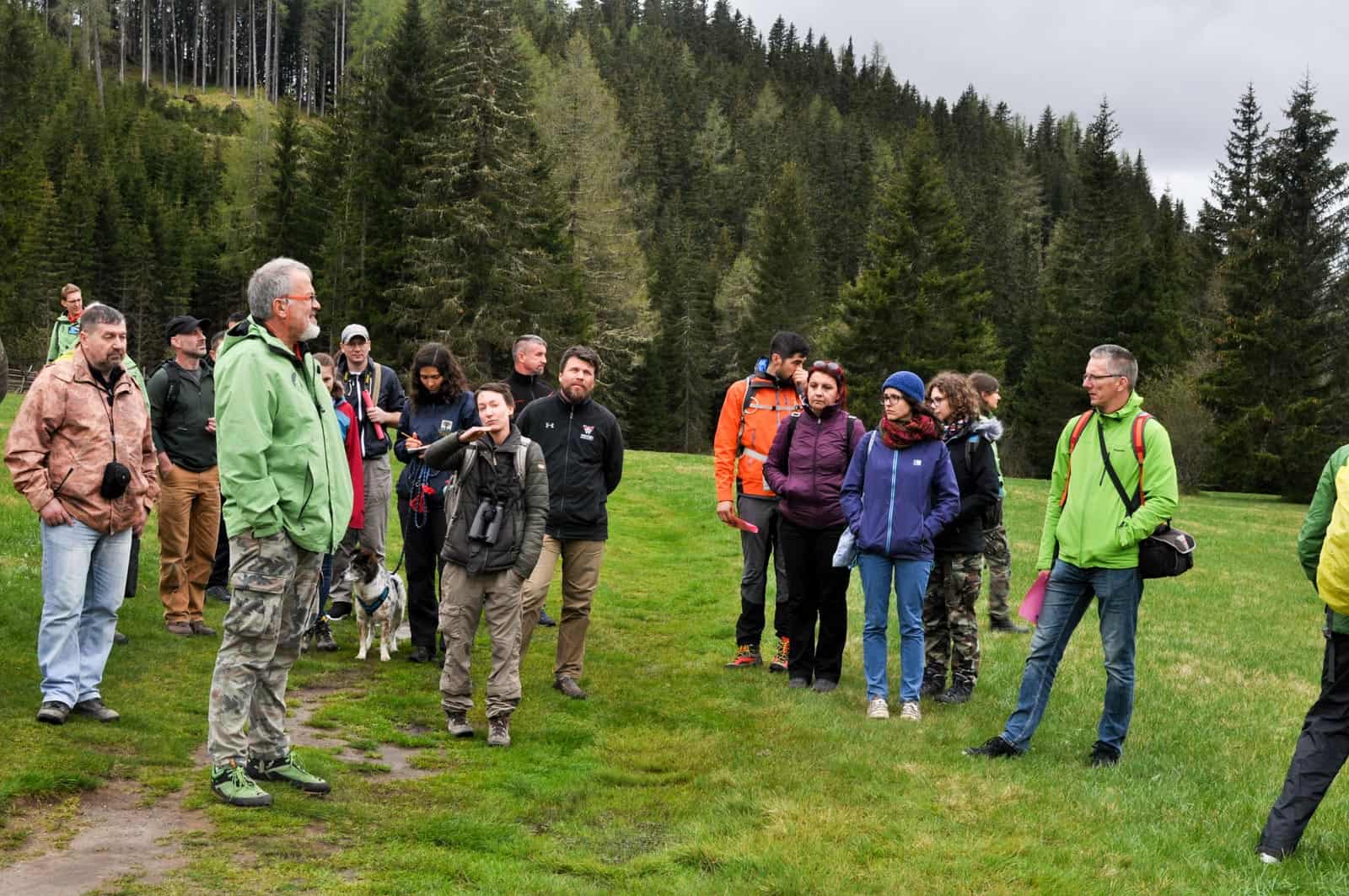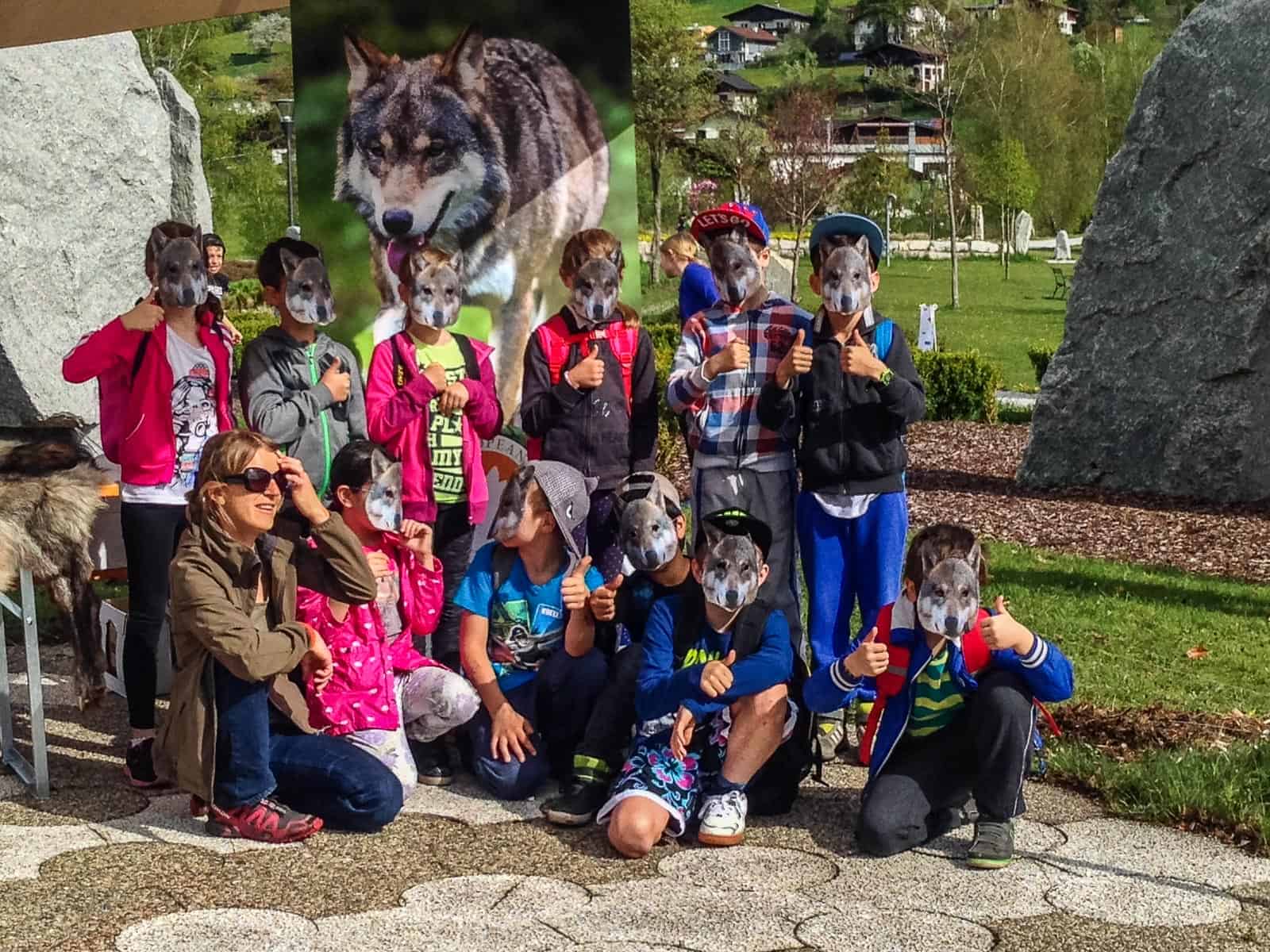Wilderness communication
Communication about wild nature is not just about spreading information. It is a way to link science, art and personal experience with the aim of awakening interest, respect and the willingness to protect the last remnants of Europe’s wild landscapes. The European Wilderness Society has long-term experience showing that effective communication is just as important as the protection of territories itself. Communicating wilderness means not only informing, but also inspiring — awakening curiosity, opening the senses and creating a relationship between humans and nature.
Wilderness Academy Days – education and collaboration
One of the most prominent forms by which European Wilderness Society communicates the idea of wilderness are the European Wilderness Academy Days. They bring together experts from across Europe – managers of protected areas, rangers, scientists, activists and students. The goal is to create a platform for exchange of experiences, new partnerships and a discussion on how to better protect and communicate the value of wilderness. These days have become an important bridge between practice and theory, and a place where new ideas and projects are born.

Webinars – sharing knowledge without borders
Another tool expanding European Wilderness Society’s communication into a wider realm are webinars. They enable the dissemination of current topics to a broad public – from questions of wolf and bear management to challenges of climate change in mountain landscapes. The online format also overcomes geographical barriers, making participation possible from across the continent. Webinars have become an indispensable tool linking experts, teachers and conservationists who cannot attend in-person events.
Wild Art – when art speaks in the voice of wilderness
The WILDArt Plein Air project links nature conservation with art. Artistic symposia organised by EWS in various countries bring painters, photographers and creators directly into wilderness. In the silence of the mountains, among forests and streams, works are created that convey emotion and the beauty of places many visitors rarely reach. Art therefore becomes a universal language – a way to reach those who may never have read a scientific article on ecology but can be moved by a painting or a photograph.
Brochures, posters and visual communication
European Wilderness Society also gives great attention to visual forms of communication. Developed and printed materials such as brochures , posters or information panels on different languages help to spread clear and understandable messages. For example, the campaign “Respect Nature” teaches visitors how to behave in protected areas, while the poster “Wolves restore nature’s balance in Europe” visually reminds us of the importance of large carnivores for ecosystem balance. These materials are available in many languages and used in schools, visitor centres and national parks across Europe.
School visits – investment in the future
The future of wilderness protection depends on the younger generation. That is why European Wilderness Society regularly organises school visits and educational activities. Children learn about wilderness directly in the field – through games, wildlife observation and interactive tasks. Such personal experience has much deeper impact than classroom theoretical lessons. Many schools in Europe have already established partnerships with conservation organisations and engage in projects such as International Wilderness Week.

Communication as a path to understanding
Each of these forms of communication — academic events, webinars, art, printed media or school programmes — contributes to one common aim: to help people understand the value of wilderness and its significance for the future of our planet. Wilderness Communication is not just about disseminating information. It is a dialogue — between science and art, between conservation and life, between nature and humanity.
Conclusion
In essence, wilderness communication by the European Wilderness Society goes beyond facts-and-figures. It embraces education, digital outreach, artistic expression, visual design and youth engagement to create a multi-layered dialogue about wild nature. By doing so, it seeks to build both awareness and emotional connection, ultimately fostering action to protect Europe’s last wild places.
If you are willing to support these efforts: just contact us and propose collaboration!
Discover more from European Wilderness Society
Subscribe to get the latest posts sent to your email.
